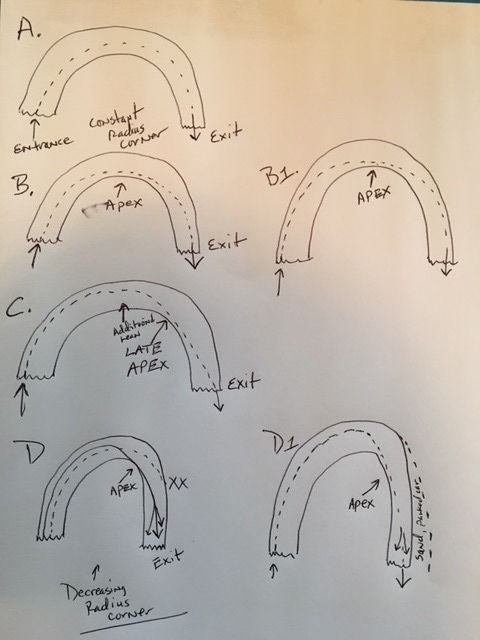Givi and others make a side-stand foot enlargement. I bought mine a few years back from a fellow on this forum from Portugal. The first "farkle" I bought and I had not even bought the NC at that point.
It works great in grass and other non-pavement situations.
It works great in grass and other non-pavement situations.






